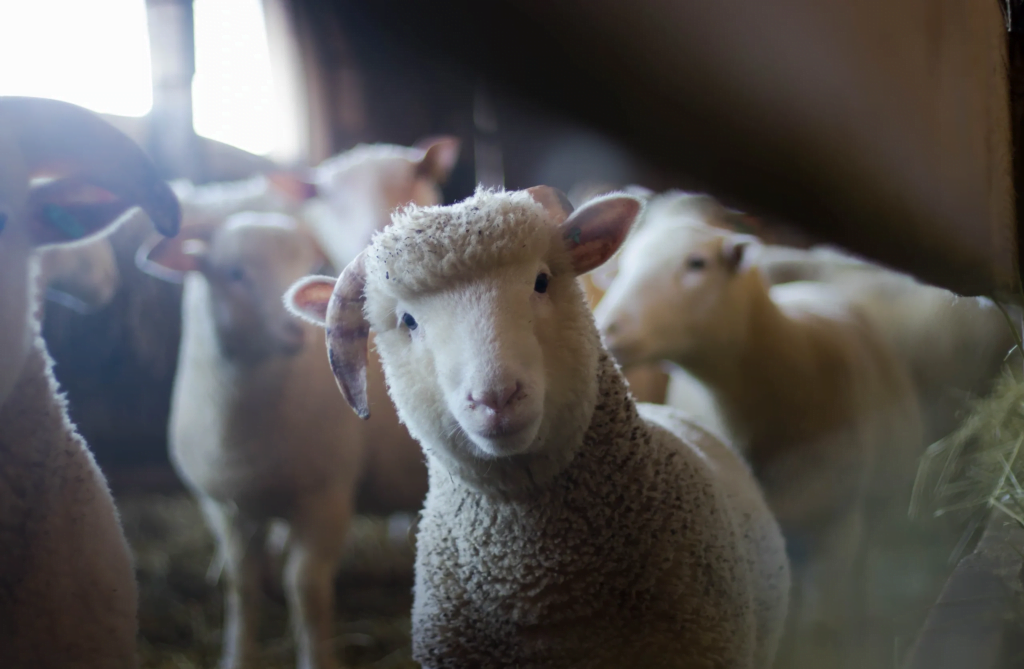
In recent years, the agriculture industry has seen a significant increase in the use of computers and electronics to improve efficiency, productivity, and sustainability. From precision agriculture to crop monitoring, the integration of technology has revolutionized the way farmers operate and manage their farms. In this article, we will explore the various ways in which computers and electronics are being used in agriculture.
Precision Agriculture
Precision agriculture refers to the use of technology to make informed decisions about crop management. This approach uses sensors, GPS, and other electronics to collect data about soil quality, moisture levels, and crop health. This information is then used to create detailed maps that help farmers identify areas that need attention, such as those with nutrient deficiencies or irrigation problems.
One example of precision agriculture is variable rate technology (VRT). VRT allows farmers to apply fertilizer or other inputs at different rates across a field based on the specific needs of each area. This technology not only saves money by reducing the amount of inputs used, but it also helps to minimize environmental impacts by reducing excess nutrient runoff.
Crop Monitoring
Crop monitoring is another area where computers and electronics are being used in agriculture. Remote sensing technology, such as satellites and drones, can provide farmers with real-time information about crop health, growth rates, and moisture levels. This allows farmers to make more informed decisions about when to irrigate, fertilize, or harvest their crops.
In addition to remote sensing, farmers can also use on-site sensors to monitor their crops. These sensors can provide data about soil moisture, temperature, and nutrient levels. This information can be used to optimize irrigation and fertilizer applications, leading to better yields and improved crop quality.
Livestock Management

Computers and electronics are also being used to improve livestock management. For example, electronic identification systems can help farmers keep track of individual animals and monitor their health and performance. These systems use radio frequency identification (RFID) tags that can be scanned by a reader, providing farmers with real-time data about each animal.
In addition to electronic identification, farmers can also use sensors to monitor the health and behavior of their livestock. For example, sensors can be used to detect when a cow is in heat, allowing farmers to time breeding more accurately. They can also be used to detect when a cow is sick, allowing farmers to provide treatment more quickly.
Data Management
One of the biggest challenges of integrating computers and electronics into agriculture is managing the large amounts of data generated. Farmers need to be able to collect, store, and analyze data from a wide range of sources, including sensors, drones, and other electronic devices.
To manage this data, farmers are turning to farm management software that can integrate data from multiple sources and provide real-time insights into farm operations. These software solutions can help farmers make better decisions about crop management, livestock management, and overall farm profitability.
Sustainability
Finally, computers and electronics are also being used to improve sustainability in agriculture. For example, precision agriculture technologies can help farmers reduce the use of inputs such as fertilizer and water, which can lead to lower costs and reduced environmental impacts.
In addition to reducing inputs, computers and electronics can also help farmers adopt more sustainable practices. For example, drones can be used to map fields and identify areas that are suitable for conservation practices such as cover cropping. Sensors can also be used to monitor soil health and detect soil erosion, allowing farmers to take action to prevent further damage.
Conclusion
In conclusion, computers and electronics are playing an increasingly important role in agriculture. From precision agriculture to crop monitoring, livestock management, data management, and sustainability, technology is transforming the way farmers operate their farms. As the world’s population continues to grow, the use of technology in agriculture will become even more important, helping farmers to produce more food with fewer resources while protecting the environment
Check out top rated books on Farming, like Self-Sufficiency, The Seed Saving Bible, Raising Farm Animals


